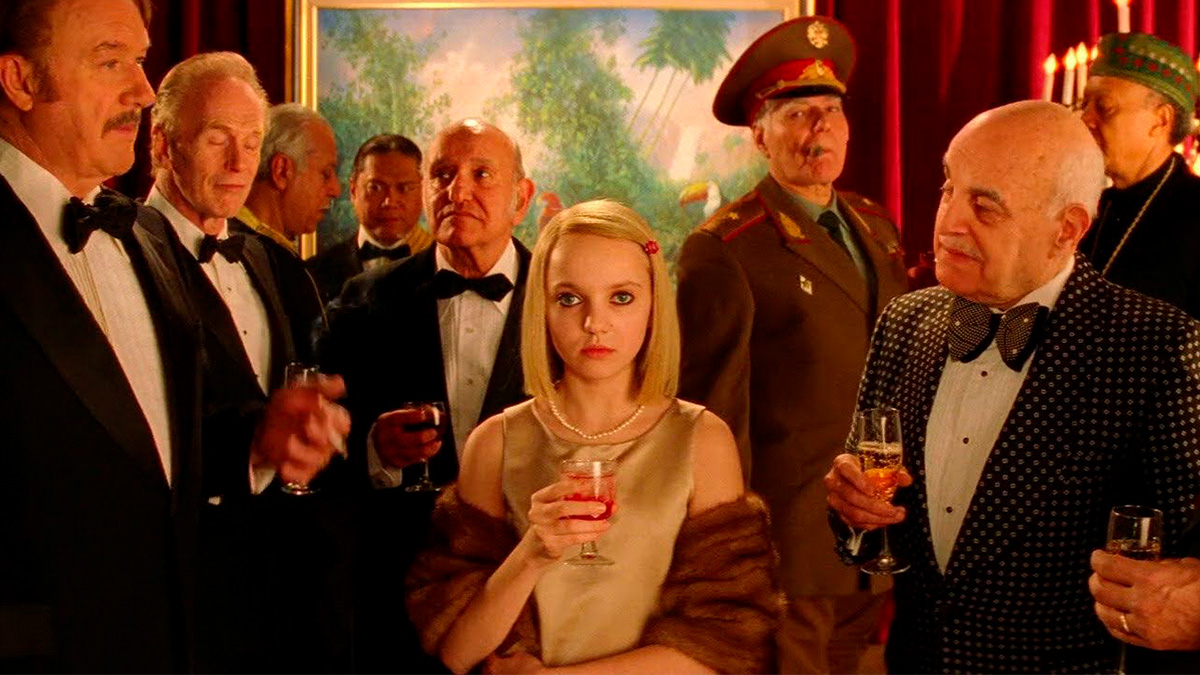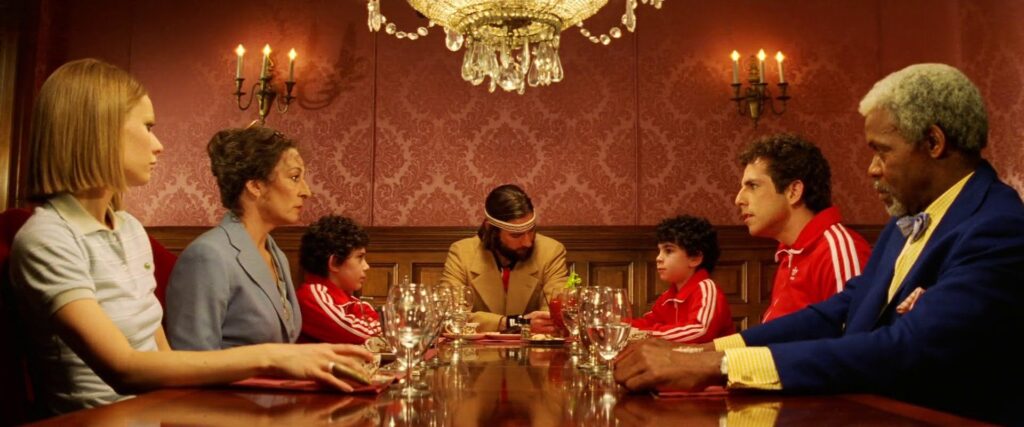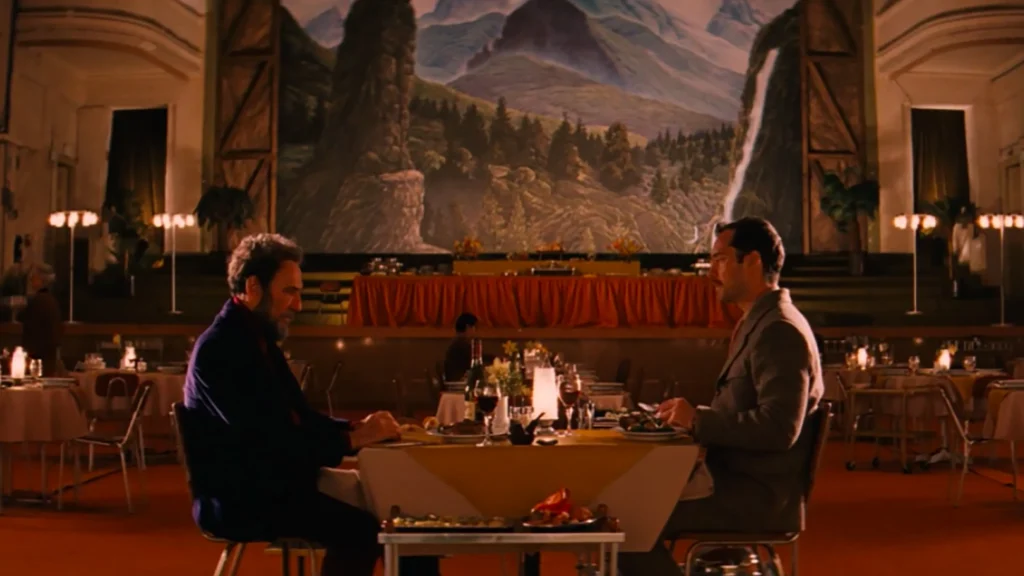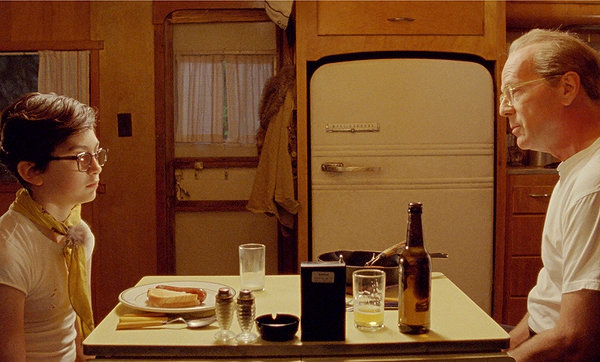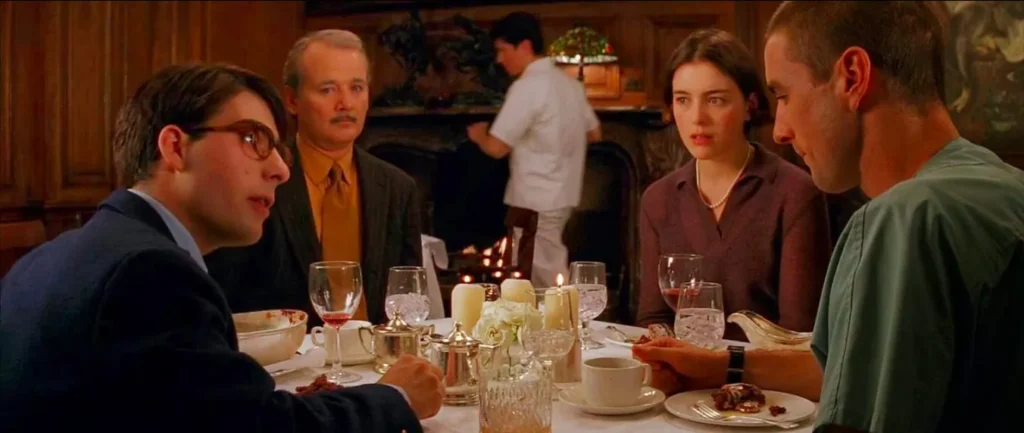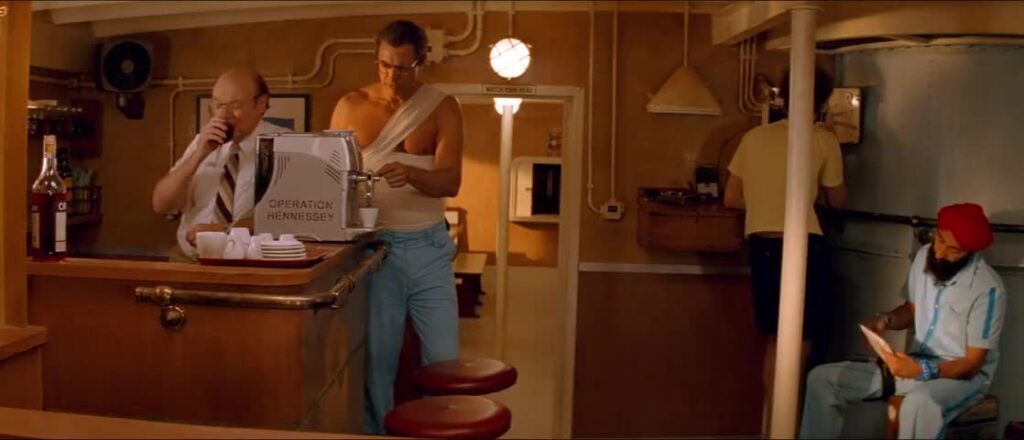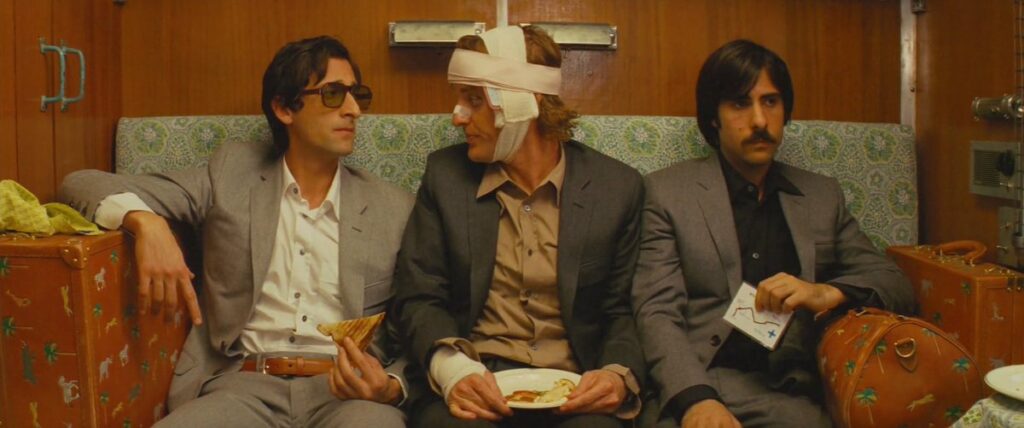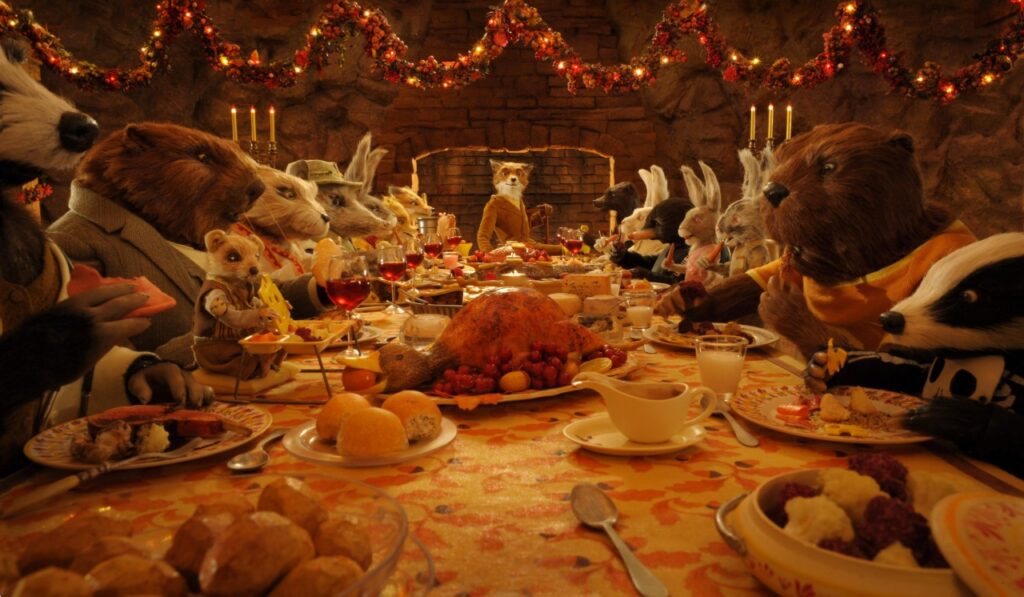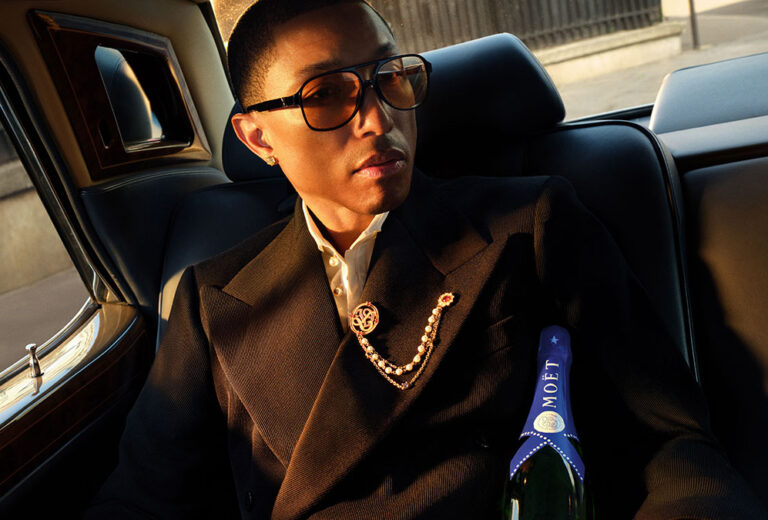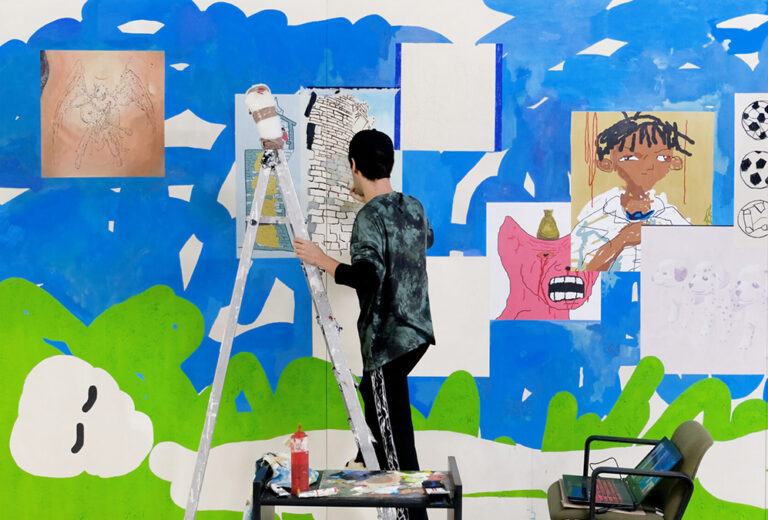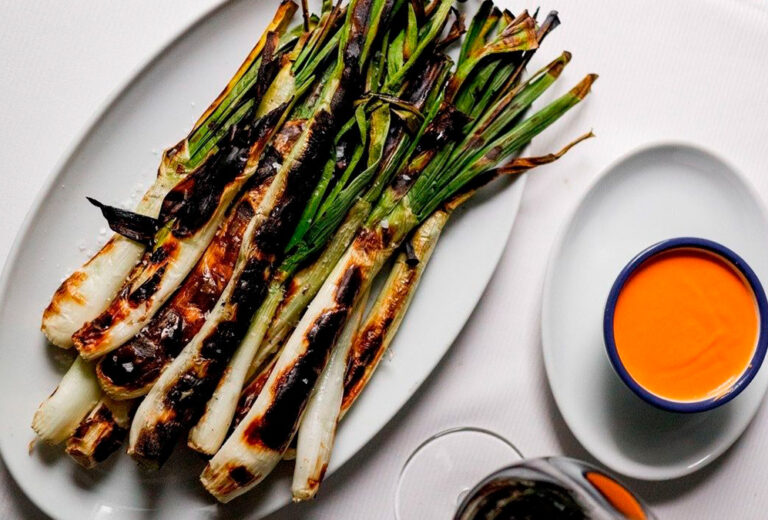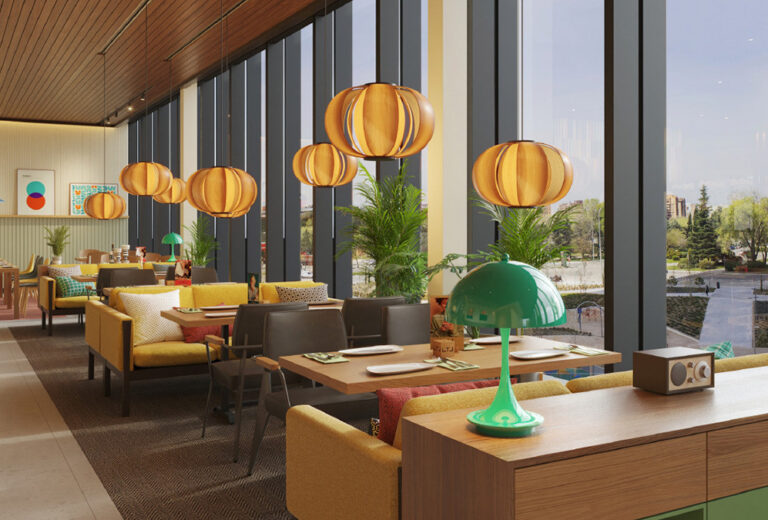Click here to read the Spanish version.
The American director who has transcended audiovisual culture for his disruptive and slightly surrealist vision has served up countless gastronomic scenes full of fantasy and eccentricity in his films.
Anderson’s visual narrative and iconography have even inspired the creation and design of countless restaurants, evoking his aesthetics and spaces in which to recreate some of the best dialogues in his culinary sequences, which have often been used as key plot points to emphasise the drama suspended between bright tones and kitsch elements.
We take a superficial look at some of these key episodes in order to understand the totality of the audiovisual buffet that one of the great authors of the seventh art deploys in cinema.
The Grand Budapest Hotel
Much of this film is presented as a continuous gastronomic plot, as it unfolds through a story told over a meal between an elderly hotel owner and a young writer. However, a scene prevails in which hardened inmates dine on delicate pastries in their prison cell.
Here, Monsieur Gustave H. has been falsely imprisoned for the murder of his elderly and powerful mistress, and after doing his morning job serving pap to the residents of Checkpoint 19, he delivers an illicit courtesan au chocolat from the Mendl bakery to his friends Pinky, Wolf, Günther and Ludwig.
Moonrise Kingdom
When Suzy Bishop and Sam Shakusky escape from their ‘homes’ to venture into Wes Anderson’s world as explorers, she carries a kitten in a basket with a pile of food to feed it. A pan reveals that their pet only eats ‘All Fish Cat Food’ brand cat food.
Beyond that sequence, there is another memorable one that represents the protagonist’s desire to be desperately adult. In it, Captain Sharp serves a simple meal of fried sausage and toast, and offers Sam a beer. Sam then pours the last of a glass of milk into an ashtray and accepts.
Rushmore
Max Fischer, a high school student attending the prestigious Rushmore Academy has dinner with his crush and teacher Mrs. Cross, her boyfriend Dr. Peter Flynn and his old friend and business partner Herman Blume. Drunk on a scotch and soda and jealous of Dr. Flynn, Max sarcastically comments on his ‘nice nurse’s uniform’.
The Life Aquatic
In one of the last scenes that make up The Life Aquatic, Alistair Hennessey and Bill Ubell relax with an espresso and a glass of Campari, respectively, on board the Belafonte, Zissou’s research vessel. Hennessey realises that the coffee machine in use is from his own research vessel, which is disconcerting. But the viewers, and Bill, know that Zissou stole the coffee pot, among many other things.
Is this my espresso machine?’ asks Hennessey. asks Hennessey. What is it, how did you get my espresso machine? Ubell, now unconcerned about any illegal activity Zissou may have committed during his project, replies: ‘Well, uh, we fucking stole it.
The Darjeeling Limited
There are also a number of key culinary sequences in The Darjeeling Limited restaurant carriage, including one in which a delicious tray of savoury snacks, depicted as astonishingly delicious food, is served. In this context, tensions begin to arise that will eventually lead to their expulsion from the train after an incident with pepper spray.
Fantastic Mr. Fox
The filmmaker’s first stop motion film abounds with comic scenes in which foxes enjoy sophisticated dishes that elite humans would eat. The foxes are, for the most part, civilised, but once they eat, they become savages.
In another animated scene, Fantastic Mr. Fox ends up with some friends sneaking into a supermarket to feast. At his son’s urging, Mr. Fox toasts a meal of boxed apple juice, synthetic goose greaves, artificial pigeon giblets and fake-looking apples before a night of dancing.

